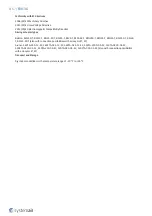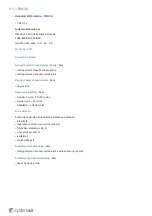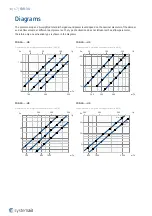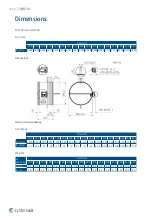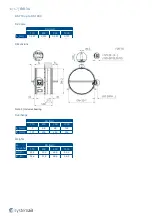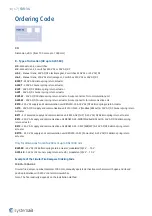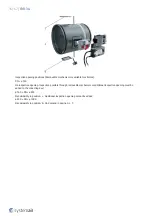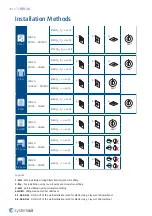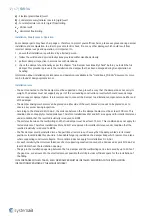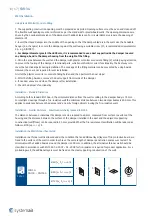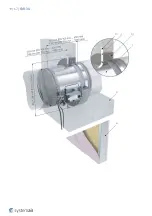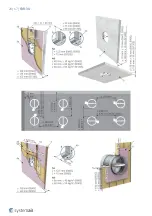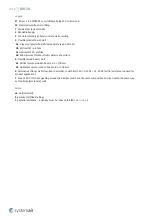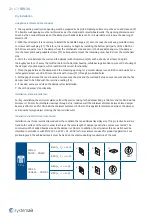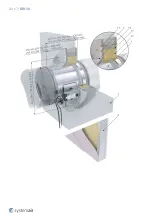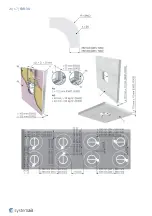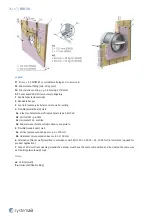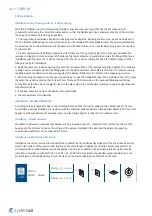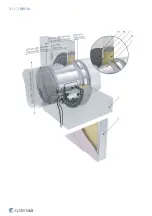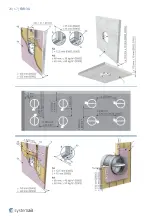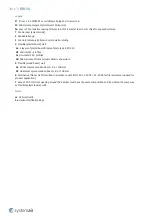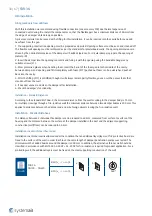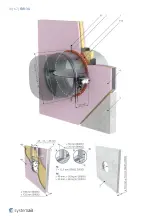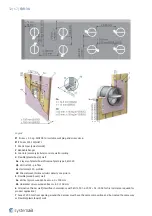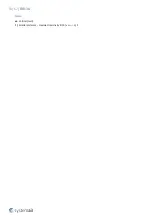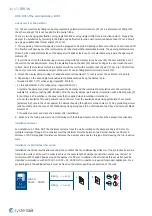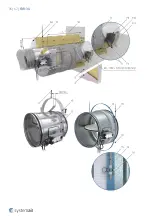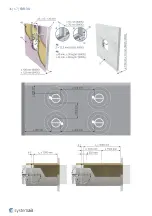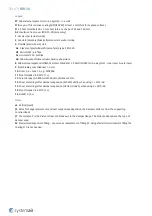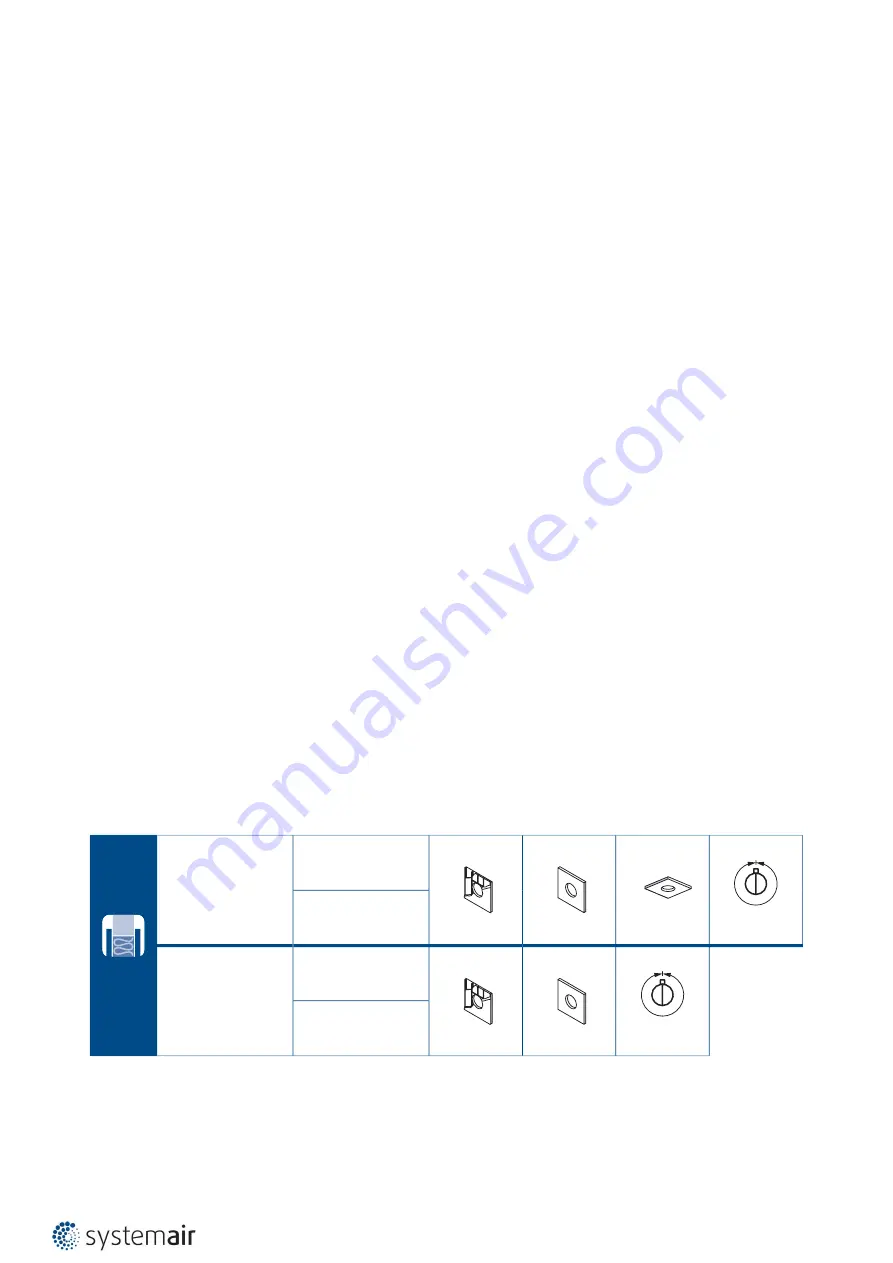
22/67 |
FDR-3G
Dry Installation
Using Mineral Wool and Cover Boards
1. The supporting construction opening must be prepared as depicted. Opening surfaces must be even and cleaned off.
The flexible wall opening must be reinforced as per the standards for plasterboard walls. The opening dimensions are
driven by the nominal dimensions of the damper with added clearance. For circular dampers prepare the opening of
diameter D1.
2. With these dampers it is necessary to install the bendable hangers (2) onto the cover boards using suitable screws
or screws with wall plug (F1). Therefore, it is necessary to begin by installing the bottom part/parts of the CBR-FD or
CBS-FD cover boards. Insert the damper from the mechanism side and secure the bendable hangers of the damper
into the cover plate using suitable screws (F1). Subsequently mount the remaining cover boards from the mechanism
side.
3. Fill in the area between the wall and the damper with mineral wool (F3) with a density of at least 50 kg/m3
thoroughly but in such a way that will not deform the damper housing, while paying attention to prevent the fouling of
the damper’s functional parts, which could limit its correct functionality.
4. Close the gap between the damper and the mounting opening, for a circular damper use CBR-FD cover boards, for a
rectangular damper use CBS-FD cover boards with screws (F1) through pre-drilled holes.
5. All the gaps between the cover boards, between cover boards and the wall and between cover boards and the fire
damper need to be filled with fire-resistive coating (F4).
6. If needed, uncover and clean the damper after installation.
7. Check the damper’s functionality
Installation- Standard Distances
For Dry installation, the minimum distance from the wall or ceiling to the damper body is 100 mm and for DN>560 the
distance is 150 mm. For multiple crossings through a fire-resistive wall the minimum distance between two damper
bodies is 200 mm and for DN>560 the minimum distance is 300 mm. This applies for distances between the damper
and a nearby foreign object crossing the fire-resistive wall.
Installation in a Wall thinner than tested
Installation in a thinner wall is allowed under the condition that an additional layer/layers of fire protective board are
fixed to the surface of the wall in order to achieve the same length of damper penetration seal as was tested. The
minimum width of added boards around the damper is 200 mm. In addition, the alternative thinner wall should be
classified in accordance with EN 13501-2:2007 + A1: 2009 for fire resistance required for product application. For a
protruding wall, the additional layers must be fixed on the steel supporting construction of the wall.
2 Dry
FDR-3G
DN100 ... DN630
EI 60 (v
e
h
o
i ↔ o) S
a)
b)
c)
360°
EI 90 (v
e
h
o
i ↔ o) S
FDR-3G
> DN630 ... DN1000
EI 60 (v
e
- i ↔ o) S
a)
b)
360°
EI 90 (v
e
- i ↔ o) S
Summary of Contents for 163262
Page 1: ...FDR 3G Circular Fire Damper Handbook ...
Page 19: ...19 67 FDR 3G ...
Page 20: ...20 67 FDR 3G ...
Page 23: ...23 67 FDR 3G ...
Page 24: ...24 67 FDR 3G ...
Page 27: ...27 67 FDR 3G ...
Page 28: ...28 67 FDR 3G ...
Page 31: ...31 67 FDR 3G ...
Page 33: ...33 67 FDR 3G Notes ve Vertical wall 1 Smaller distances maximum resistivity EI90 ve i o S ...
Page 35: ...35 67 FDR 3G ...
Page 36: ...36 67 FDR 3G ...
Page 39: ...39 67 FDR 3G ...
Page 40: ...40 67 FDR 3G ...
Page 67: ...Systemair DESIGN 2022 07 11 Handbook_FDR_3G_en GB Original instructions ...

